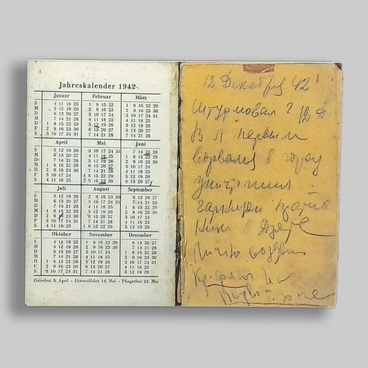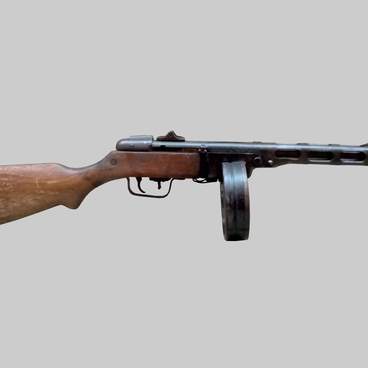Towards the end of the 19th century, the Russian Empire was in dire need of effective small arms the autonomous production of which could be quickly organized. During the tests, it was decided to supply the army with a three-line rifle, an invention of Russian designer Sergey MosIn. For it, he was awarded the Order of St. Anne (2nd degree) and the Great MikhAylovsky Prize “for outstanding developments in the area of artillery and rifles.” Mosin retained the copyright for the elements of the developed weapon.
However, Mosin’s rifle is known by this name in our time: in the past, the top management removed the name of the inventor, since they modified the original prototype, adding some solutions from a foreign competitor model. But the amazing simplicity and reliability of the resulting rifle cannot be denied.
The rifle was mainly produced at the Tula and Izhevsk arms factories. By the time the Russian Empire entered the World War I, the Russian army had 4,519,700 ‘three-line rifles’, and only a small part of them was produced in the United States.
Initially, the rifle was produced in three versions. The infantry version had a long barrel with a bayonet, the dragoon version had a short barrel and more convenient belt attachments, and the COssack rifle did not have a bayonet. In 1923, it was decided to discontinue the production of the infantry and Cossack versions of the rifle. Until 1930, the main rifle in service was the dragoon.
In the same year, Mosin’s rifle underwent a slight upgrade: the bayonet mount was changed, the receiver acquired a rounded shape instead of a faceted one. The rifle of the 1891-1930 model was produced until January 1944, or, according to other sources, until early 1945. During World War I, more than 11 million units of these weapons were manufactured. The 1944 carbine model continued to be produced until the adoption of the Kalashnikov assault rifle in the USSR in 1949.
In 1959, the Izhevsk plant shortened the barrels and stocks of the remaining rifles of the 1891-1930 model to the size of the 1938 carbine model. The “new” carbines were produced in large quantities, and were used by private security and other civilian organizations.
Mosin’s rifles and carbines continued to be used by armies in Eastern Europe and around the world for several more decades. Mosin’s rifles were used as a weapon for infantry and fighters of irregular military formations in many wars, from Korea and Vietnam to Afghanistan, and conflicts in the post-Soviet space.
However, Mosin’s rifle is known by this name in our time: in the past, the top management removed the name of the inventor, since they modified the original prototype, adding some solutions from a foreign competitor model. But the amazing simplicity and reliability of the resulting rifle cannot be denied.
The rifle was mainly produced at the Tula and Izhevsk arms factories. By the time the Russian Empire entered the World War I, the Russian army had 4,519,700 ‘three-line rifles’, and only a small part of them was produced in the United States.
Initially, the rifle was produced in three versions. The infantry version had a long barrel with a bayonet, the dragoon version had a short barrel and more convenient belt attachments, and the COssack rifle did not have a bayonet. In 1923, it was decided to discontinue the production of the infantry and Cossack versions of the rifle. Until 1930, the main rifle in service was the dragoon.
In the same year, Mosin’s rifle underwent a slight upgrade: the bayonet mount was changed, the receiver acquired a rounded shape instead of a faceted one. The rifle of the 1891-1930 model was produced until January 1944, or, according to other sources, until early 1945. During World War I, more than 11 million units of these weapons were manufactured. The 1944 carbine model continued to be produced until the adoption of the Kalashnikov assault rifle in the USSR in 1949.
In 1959, the Izhevsk plant shortened the barrels and stocks of the remaining rifles of the 1891-1930 model to the size of the 1938 carbine model. The “new” carbines were produced in large quantities, and were used by private security and other civilian organizations.
Mosin’s rifles and carbines continued to be used by armies in Eastern Europe and around the world for several more decades. Mosin’s rifles were used as a weapon for infantry and fighters of irregular military formations in many wars, from Korea and Vietnam to Afghanistan, and conflicts in the post-Soviet space.



